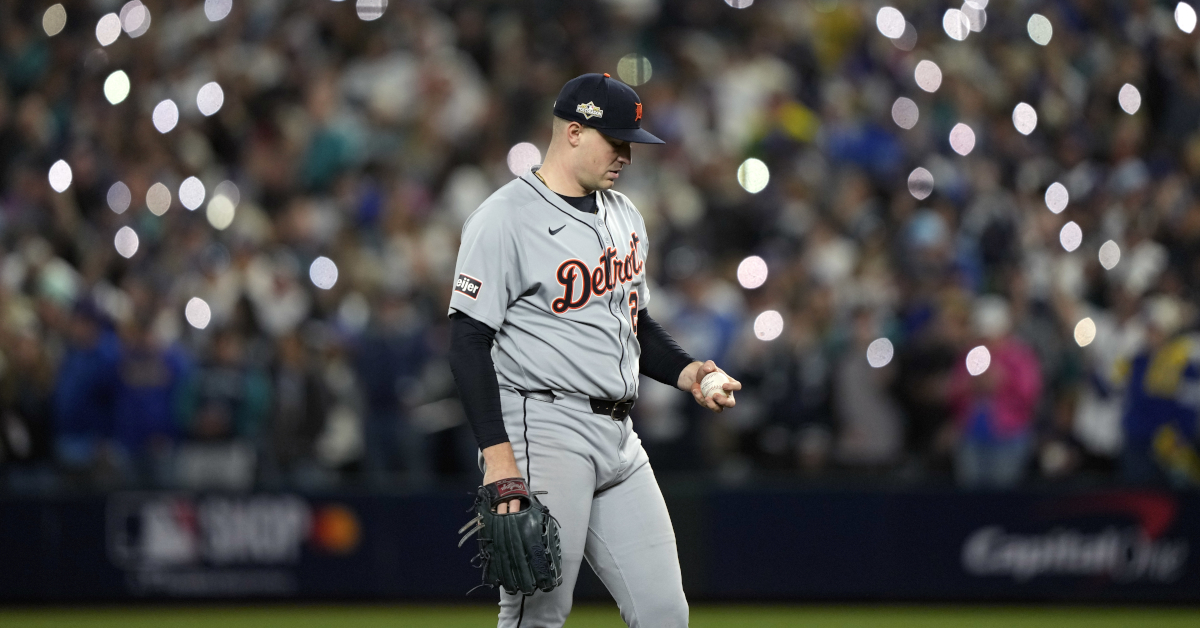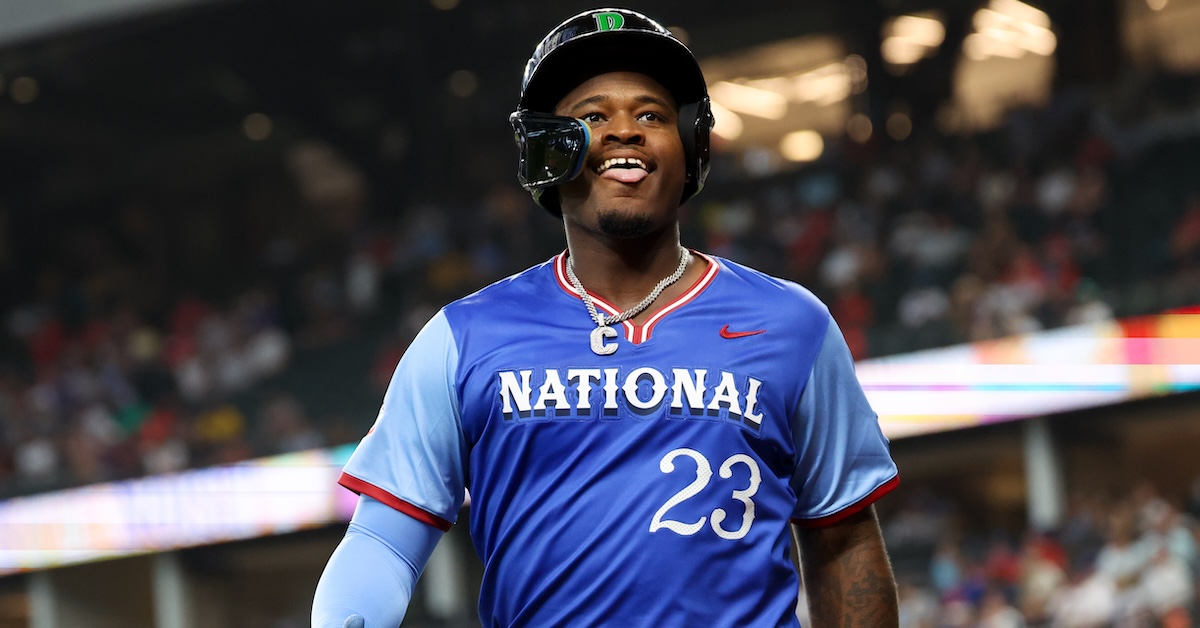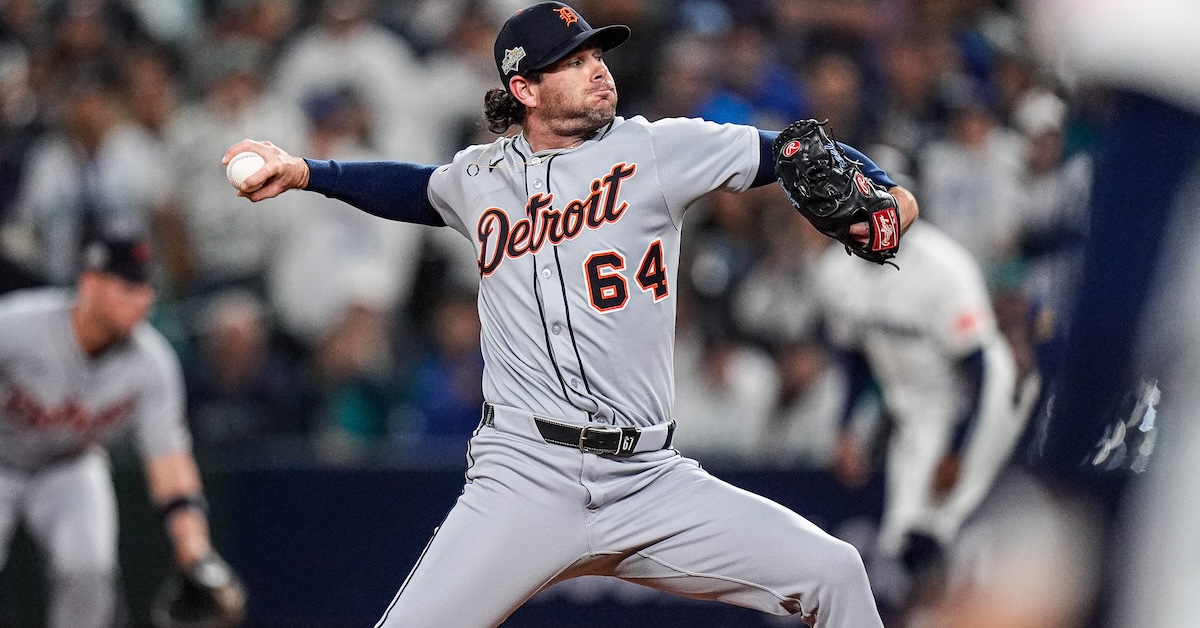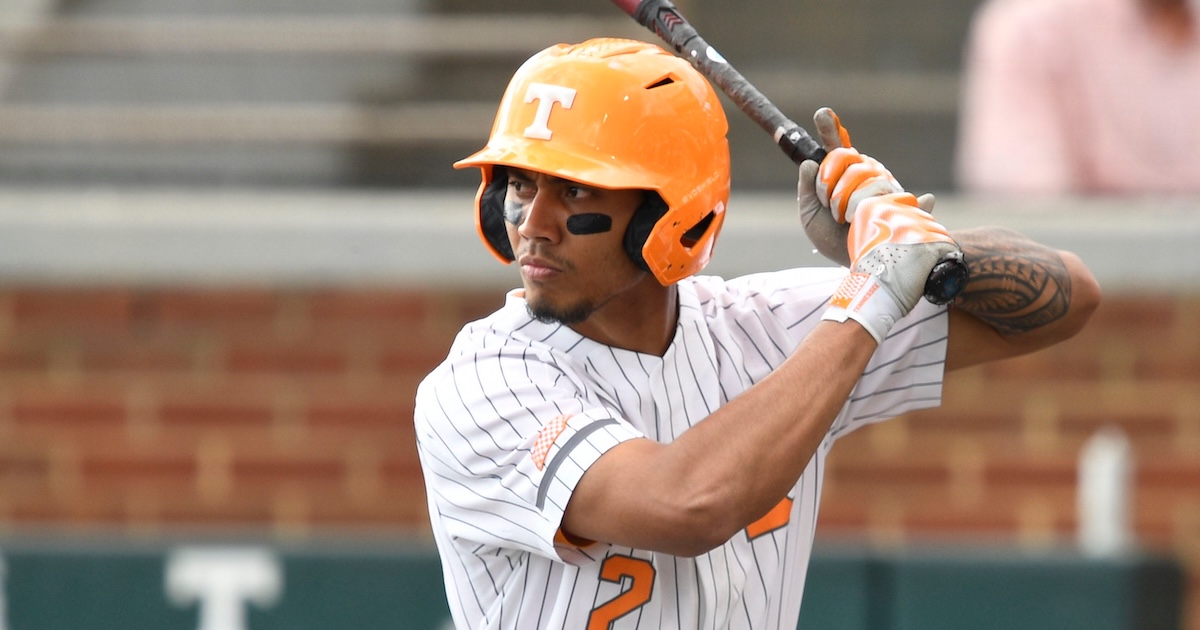Let’s Hear About Four Prominent Minnesota Twins Prospects
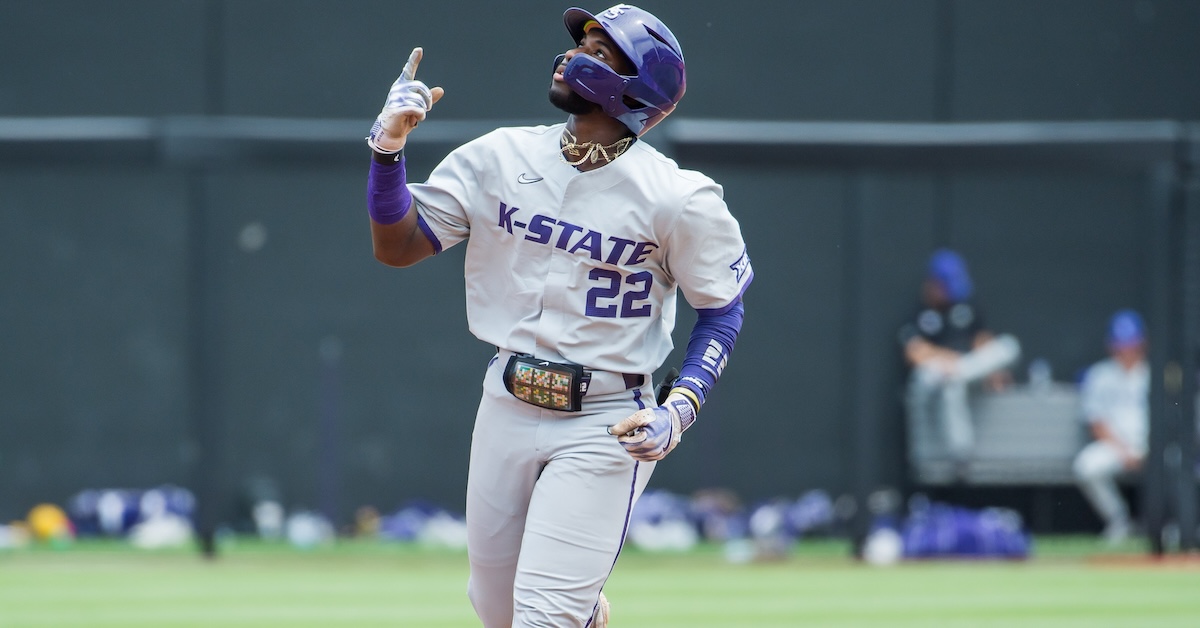
On December 28, Sunday Notes led with a look at how seven of the nine position players projected to start for the Minnesota Twins this coming season were drafted by the club in either the first or second round. (The column also cited homegrown numbers for several other organizations.) Twins president of baseball operations Derek Falvey was quoted extensively within the piece, offering perspective on how the current roster came together.
Today we’ll hear from Twins GM Jeremy Zoll, as well as from Falvey, on a quartet of first- and second-round picks who have yet to reach Minnesota. One is a middle infielder, three are pitchers, and all rank among the team’s top prospects. I asked about each of them when the executives met with members of the media during the Winter Meetings.
———
“It was Kaelen’s first full season, and he had an awesome year,” Zoll said of 23-year-old shortstop Kaelen Culpepper, whom the Twins drafted 21st overall in 2024 out of Kansas State University. “He was between High-A and Double-A, and we couldn’t have asked for it go much better. We’re really pleased. He had the opportunity to go to the Futures Game.
“He’s primarily playing shortstop, but he’s also getting some early work at second base and third base, as well as a little bit of game exposure at both spots. We’ll continue to let that play out as we get through spring training and into the season. We’ll figure it out exactly in terms of placement and proximity. We always kind of let the player dictate that with his performance, but he’s put just about as much pressure on us [as anyone] in terms of us wanting to keep moving him, and keeping him challenged.” Read the rest of this entry »
